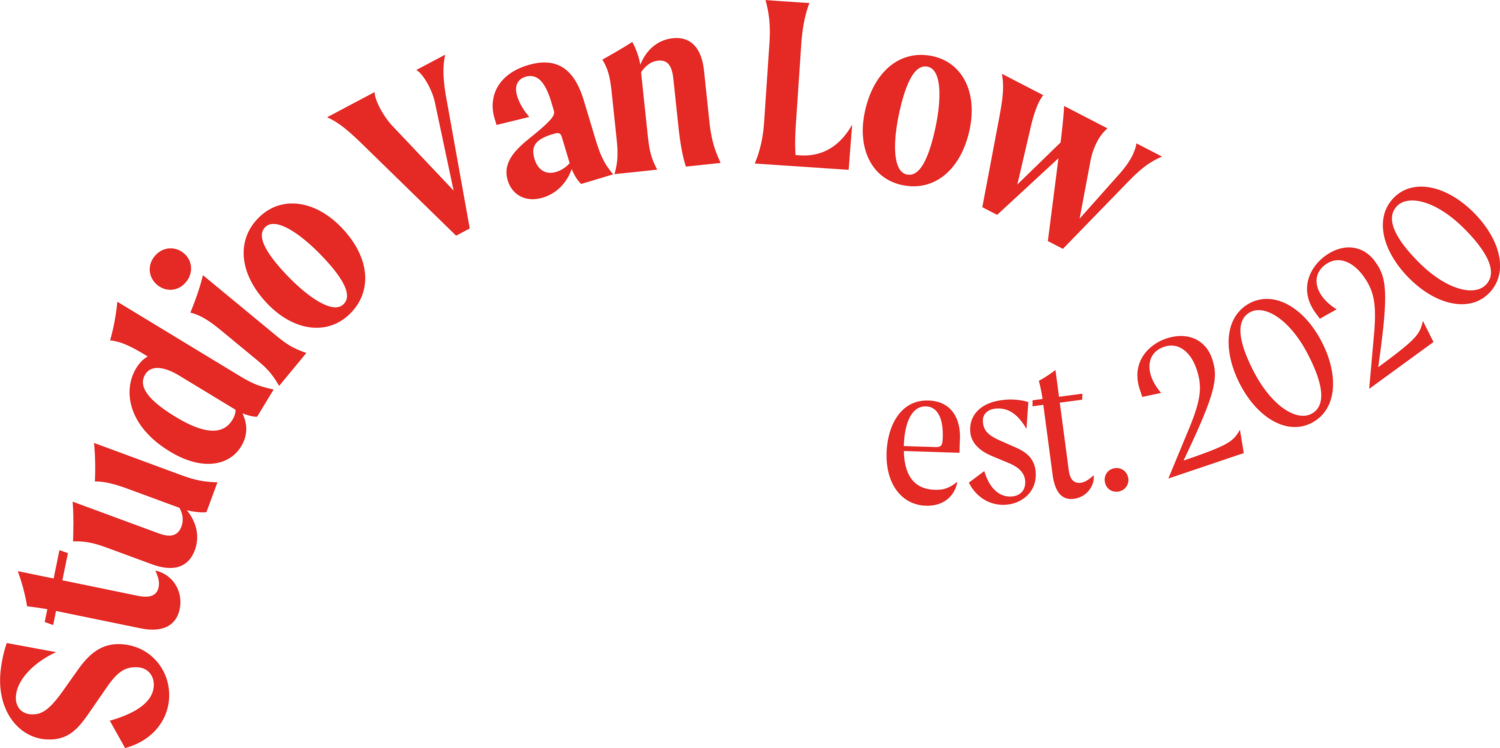Jason Phu & John Young Zerunge: The Burrangong Affray
Published by Art Almanac, June 2018
‘The naming of the show was the hardest part,’ says 4A Centre for Contemporary Asian Art (4A) Director Mikala Tai. How do you scrutinise one of Australia’s largest racial riots without shutting down conversation? How do you delve into a history so deep, so painful, in a way that is productive and contemporaneous?
‘The Burrangong Affray’ brings together two contrasting Chinese-Australian artists, their disparate practices shown side by side to create a robust dialogue around history, memory and racism. Over the past 15 months, artists John Young Zerunge and Jason Phu, along with Tai and Curator Micheal Do, have visited Burrangong so many times that they invariably wave to people as they walk down the street. In a humble way, they have taken on the hugeness of Australia’s anti-Chinese history through personal community consultation, extensive fieldwork, and empathy.
Between 1860-1861, Burrangong, a gold mining town near Young in New South Wales, was the bursting point of racial tensions between Chinese and European miners. Trivial agitation against the Chinese foreigners – at how they dressed, smoked opium, and had different mining practices – fermented into violence. ‘Roll up, roll up, no Chinese,’ declared a now infamous banner. Chinese migrants were subjected to threats, scalpings, beatings and the burning down of their tents, culminating in what is now known as the ‘Lambing Flat Riots’.
And yet – surprisingly – most of us may have never heard of Burrangong. I myself, descended from 19th century Chinese gold miners, had to research it from scratch. Perhaps this is because the area of Lambing Flat was renamed Young following the events, or because the soon-to-follow White Australia Policy sealed the racial hierarchy and barely any Chinese people have lived in the area since.
The desire to review this complex history has been on the agenda of 4A Directors and artists for almost a decade. And despite occurring over 150 years ago, the malice and trauma imbued in this past are uncannily similar to our current polarising discourse around migration, refugees and nationalism. Tai and Do consciously reiterate the need to assess their stake in enlivening this fraught history. Besides enriching Asian Australian cultural literacy at large, they have focused on what this means for the residents in Young – meeting with local historians who have shared their research and knowledge, whilst also consulting historian Dr Karen Schamberger, who wrote her thesis on the aforementioned ‘Roll up’ banner.
In April this year, the artists started the project with a Community Offering. Inviting the local Young residents to the Chinese Cemetery and Blackguard Gully (the key location of the Lambing Flat Riots), they burned incense and made peace offerings as a tribute to the sites and the memories they hold. Amongst the landscape pot marked from mining, Young Zerunge covered himself in earth and a blanket, symbolising the need for mourning and comfort. In contrast, Phu braided the word ‘queue’ in rope and set it alight on the site where a man named James Roberts had provided shelter for a multitude of fleeing Chinese.
It is curious to compare the works by Young Zerunge and Phu in this exhibition, both artists responding to the potent history of Burrangong in their own way. Young Zerunge, a co-founder of 4A, presents an array of 27 history paintings, careful layers of images, documents, and newspaper articles evoking a complex narrative. In contrast, Phu’s works are more candid and experimental – video journals, freehand illustrations, and an Instagram handle @titsmcgee66. In the exhibition, Phu’s artworks on the ground floor invite people into the journey of the Burrangong landscape, guiding us through where the Chinese miners would have lived. It’s also evident that the artists have each organically influenced the other’s practice, ‘a melding’ as Do describes. Young Zerunge, whose career as a painter is well established, has created his very first video artwork for this show. And Phu, picking up some of his mentor’s seriousness, has created two scroll works that hang upstairs.
Whilst the history of the Burrangong Affray is traumatic at its core, it is evident that the project is surrounded by warmth. The artists, paired with Do and Tai, have become a team of friends. They’ve spent hours on the road together, ‘a lot of time in the car, debating what we’re going to order at the McDonald’s drive through 100kms away,’ Tai reminisces. They’ve even won a
meat tray together.
Once the exhibition closes, the next chapter of the project will be a publication and a public monument in Young supported by the council. Tai concludes, ‘it’s hard to attack something so heavy. But if you can do it within a comfortable, supportive environment then it’s easier and [can lead to a] very robust and supportive conversation.’ In this way, ‘The Burrangong Affray’ illustrates how we can enliven histories, which, whilst painful, can be wrapped in solidarity.
Vanessa Low is a Sydney-based writer.
4A Centre for Contemporary Asian Art
Until 12 August, 2018
Sydney
-
Installation view of The Burrangong Affray at 4A Centre for Contemporary Asian Art, Sydney, 2018. Photo by Document Photography.
John Young Zerunge, The Field (still), 2018, still image from looped HD video projected on wall. Courtesy the artist and 4A Centre for Contemporary Asian Art, Sydney
Jason Phu, Untitled (still), 2018, still image from HD video. Courtesy the artist and 4A Centre for Contemporary Asian Art, Sydney



